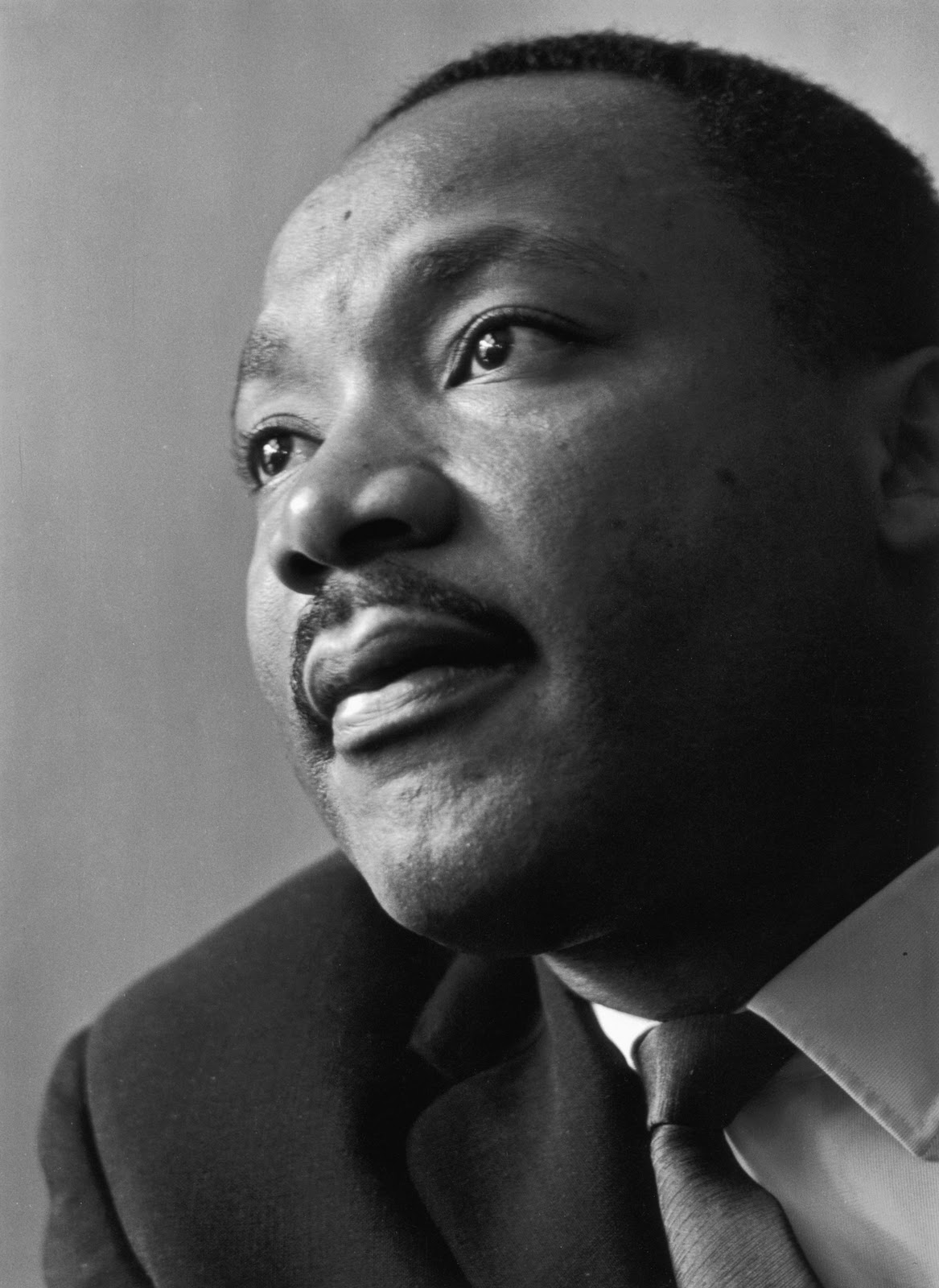RECESS!
/"Do not go where the path may lead, go instead where there is no path and leave a trail." --Emerson
IF YOU'VE BEEN READING THE LAST FEW POSTS, you know this quote from Ralph Waldo Emerson has had me thinking--about being a trailblazer.
I guess if we're supposed to be trailblazers, we need to know what one looks like. Maybe we can figure that out by taking a closer look at a few. A few of my favorites:
Left to Right: Amelia Earhart, pioneer; Dr. Jonas Salk, a very important trailblazer to all of us Baby Boomers; Dr. Martin Luther King, Jr., visionary; Steve Jobs, designer, solution finder; Ralph Waldo Emerson, philosopher, poet, worldview shaper.
So what comes to mind? Adventurous, activist, bold, badassed, curious, courageous, driven, determined, enlightened, earnest, free-spirited, fervent, etc. etc.
What about motive? What is the spark in the heart of a true trailblazer: altruism, notoriety, a death-wish, financial gain, service to a cause greater than themselves, or maybe they just can't help it.
Well; WHERE IS Ralph WALDO Emerson in the matter of trail-blazing? RECESS!
That's right, it just may be that Ralph Waldo Emerson is responsible for one of my favorite things about school: recess.
From the course description on Emerson, Thoreau and Transcendentalism taught by Dr. Ashton Nichols, University of Virginia:
"Where did the America we know today—so different in its fundamental views about almost every aspect of life as to be unrecognizable to our countrymen of two centuries ago—really come from? How, for example, did the colonial idea of the classroom as a place devoted to "breaking the will" and "subduing the spirit" of students, change to that of a vibrant, even pleasurable experience—including innovations such as kindergarten and recess—with children encouraged to participate actively in their own education?"
Emerson and Thoreau are important (to me at least) because I tend hard to Transcendentalism: an emphasis on the divine in nature, on the value of the individual and intuition, and on belief in a spirituality that might "transcend" one's own sensory experience to provide a more useful guide for daily living than is possible from empirical and logical reasoning.
Before you can be a trailblazer, you have to believe that you are free to, and capable of, trail-blazing. If you hold to a view of pre-destination, you are obviously, pretty much placed on a predetermined path--obviously. If you hold to a religious creed that has the effect of breaking the will and subduing the spirit; why?
"But perhaps God is strong enough to exult in monotony. It is possible that God says every morning, "Do it again" to the sun; and every evening, "Do it again" to the moon. It may not be automatic monotony that makes all daisies alike; it may be that God makes every daisy separately, but has never gotten tired of making them. It may be that He has the eternal appetite of infancy; for we have sinned and grown old, and our Father is younger than we.” G.K. Chesterton, trailblazer.
Maybe God wants us to have recess. Maybe He wants us to be immersed in creativity and play. Maybe that's the essence of trailblazing--having "the eternal appetite of infancy."









